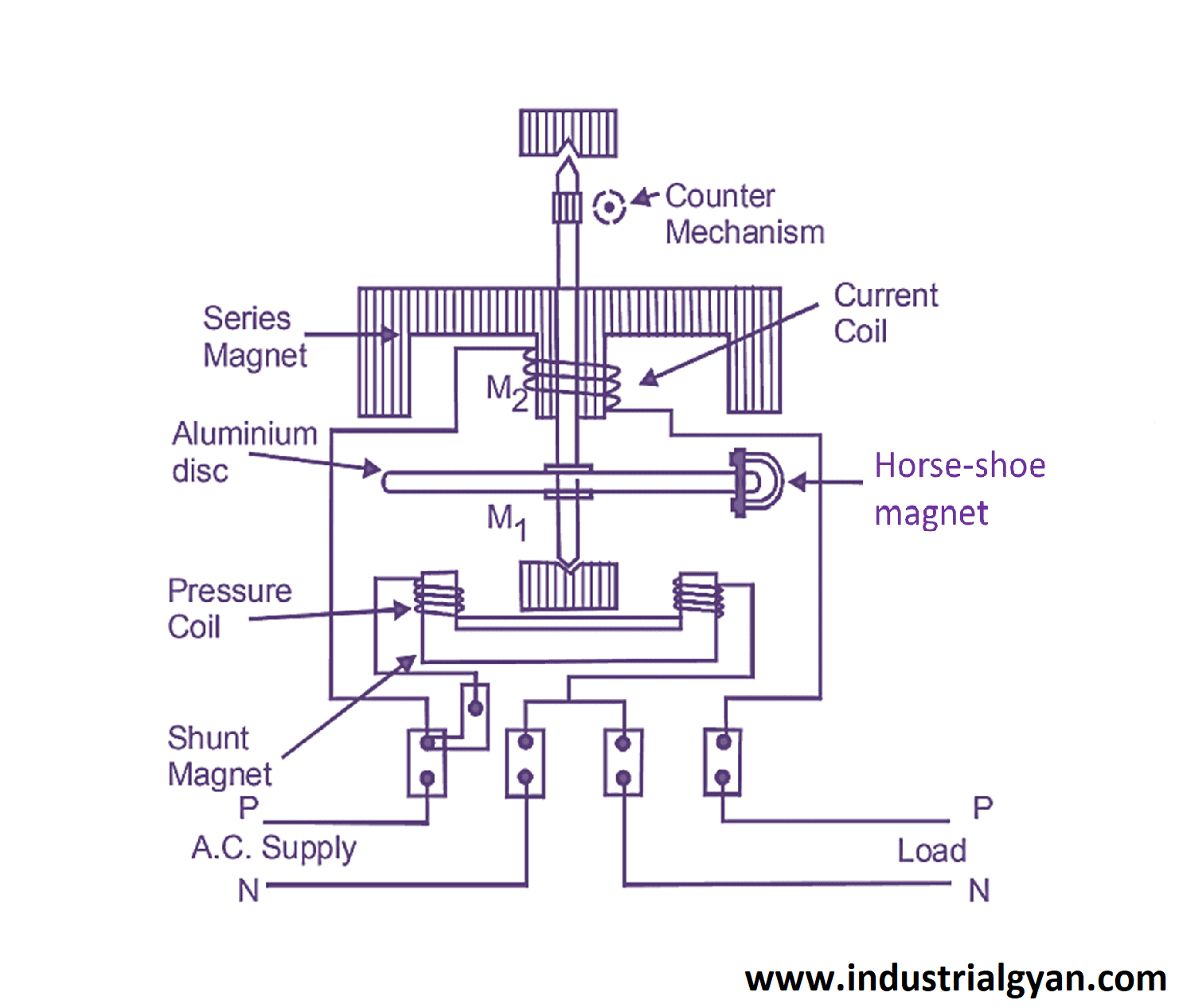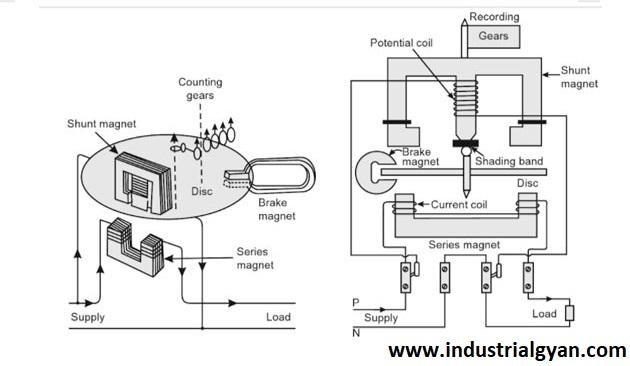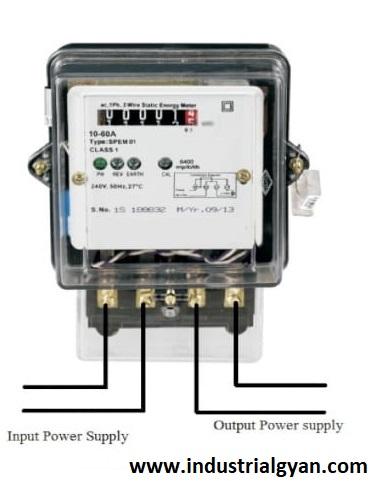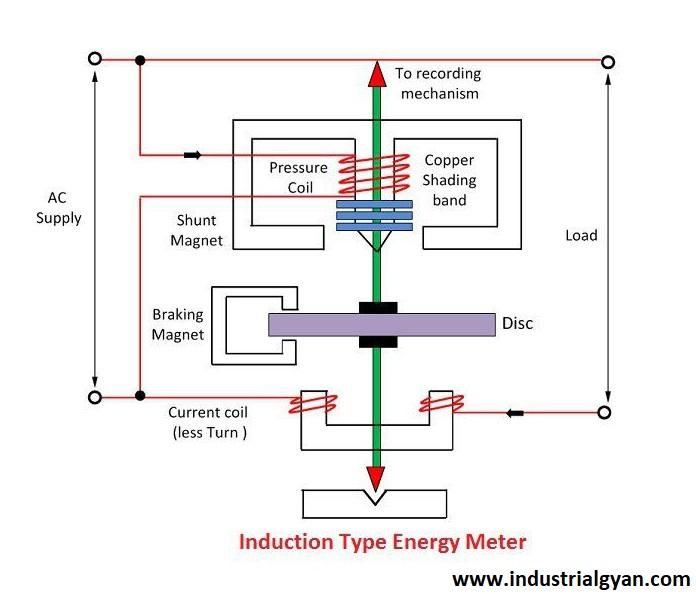Introduction
In today’s fast-paced world, managing and optimizing energy consumption has become crucial for individuals and businesses alike. One key tool that has gained prominence in recent years is the single phase energy meter. This device offers a range of benefits, from accurate measurement of energy consumption to enabling efficient monitoring and control. In this guide, we will delve into the intricacies of single phase energy meters, exploring their features, installation process, benefits, and frequently asked questions.
Table of Contents
- What is a Single Phase Energy Meter?
- Understanding the Basics
- Key Components of a Single Phase Energy Meter
- Why Choose a Single-Phase Energy Meters?
- Enhanced Energy Monitoring and Control
- Accurate Measurement of Energy Consumption
- Cost Efficiency and Affordability
- Installation Process of a Single Phase Energy Meter
- Assessing Power Requirements
- Meter Placement and Connection
- Benefits of Using a Single Phase Energy Meter
- Real-Time Energy Consumption Monitoring
- Identification of Energy Inefficiencies
- Cost Reduction and Energy Savings
- Ensuring Accuracy in Single Phase Energy Meter Readings
- Calibrating the Meter
- Regular Maintenance and Upkeep
- Integrating Single-Phase Energy Meters with Smart Home Systems
- Enabling Remote Monitoring and Control
- Integration with Energy Management Software
- Factors to Consider When Choosing a Single-Phase Energy Meters
- Compatibility with Existing Infrastructure
- Accuracy and Precision of Readings
- Additional Features and Functionality
- Common FAQs about Single Phase Energy Meters
- How does a single-phase energy meters work?
- Can a single-phase energy meter be used in commercial settings?
- Is professional installation required for single-phase energy meters?
- Are single-phase energy meters tamper-proof?
- Can single-phase energy meters help identify energy wastage?
- Can single-phase energy meters be upgraded to three-phase meters?
- Conclusion
What is a Single Phase Energy Meter?
Understanding the Basics
A single-phase energy meter is a device that measures and monitors the electrical energy consumption of a residential or small-scale commercial establishment. It accurately measures the amount of electricity consumed in kilowatt-hours (kWh), providing valuable insights into energy usage patterns.
Key Components of a Single-Phase Energy Meter:-
A typical single-phase energy meters comprises several essential components, including:
- Voltage and current transformers: These transformers step down the incoming voltage and current for accurate measurement.
- Metering circuit: The metering circuit calculates the energy consumed based on the voltage and current inputs.
- LCD display: The display panel provides real-time information on energy consumption, allowing users to track their usage easily.
- Communication interface: Some advanced single phase energy meters come with built-in communication interfaces such as Wi-Fi or Zigbee, enabling remote monitoring and control.

Why Choose Single-Phase Energy Meters?
Enhanced Energy Monitoring and Control
With single-phase energy meters, you gain valuable insights into your energy consumption patterns. suspension type insulator This knowledge empowers you to make informed decisions about energy usage, identify areas of wastage, and implement effective energy-saving measures.
Accurate Measurement of Energy Consumption
Unlike traditional electromechanical meters, single-phase energy meters offer superior accuracy in measuring energy consumption. They eliminate the errors associated with mechanical components, providing precise readings for billing and energy management purposes.
Cost Efficiency and Affordability
Single-phase energy meters are cost-effective solutions for residential and small-scale commercial settings. They are affordable, easy to install, and require minimal maintenance. By accurately measuring energy usage, they help identify opportunities for cost reduction and promote energy-saving practices.
Installation Process of a Single-Phase Energy Meters
Assessing Power Requirements
Before installing a single-phase energy meters, it is essential to assess your power requirements. Insulation class Ensure that the meter’s capacity aligns with your energy consumption levels. Consult a professional if you require assistance in determining the appropriate meter specifications.
Meter Placement and Connection
The single-phase energy meters should be installed in close proximity to the main electrical panel. Adequate spacing should be maintained to allow for proper ventilation and easy accessibility. During the installation process, it is crucial to follow the manufacturer’s guidelines and adhere to electrical safety regulations.

Benefits of Using a Single-Phase Energy Meters
Real-Time Energy Consumption Monitoring
A significant advantage of single-phase energy meters is the ability to monitor energy consumption in real-time. The meters provide immediate feedback on electricity usage, enabling users to modify their behaviors and reduce wastage.
Identification of Energy Inefficiencies
By tracking energy consumption patterns, single-phase energy meters help identify areas of inefficiency. They highlight equipment or appliances that consume excessive energy, allowing users to address and rectify the issues promptly.
Cost Reduction and Energy Savings
The insights gained from single-phase energy meters empower users to adopt energy-saving measures. By eliminating wasteful practices and optimizing energy usage, individuals and businesses can reduce their energy bills significantly and contribute to a greener environment.
The mathematical formula for calculating energy consumption using single-phase energy meters is as follows:
Energy (in kilowatt-hours) = Power (in kilowatts) x Time (in hours)
Ensuring Accuracy in Single-Phase Energy Meters Readings
Calibrating the Meter
To ensure accurate readings, it is crucial to calibrate the single-phase energy meter periodically. This process involves comparing the meter’s readings against a known standard and adjusting it if necessary. Professional assistance may be required for precise calibration.
Regular Maintenance and Upkeep
To maintain the accuracy and longevity of a single-phase energy meter, regular maintenance is essential. Keep the meter clean, free from dust and debris, and inspect it for any signs of damage. Consult the manufacturer’s guidelines for specific maintenance requirements.
Integrating Single-Phase Energy Meters with Smart Home Systems
Enabling Remote Monitoring and Control
Advanced single-phase energy meters can be seamlessly integrated with smart home systems. This integration enables users to monitor and control energy usage remotely through dedicated applications. Real-time data visualization and automation features empower users to make informed decisions about energy consumption.

Integration with Energy Management Software
Integrating single-phase energy meters with energy management software allows for comprehensive energy analysis. Users can access detailed reports, visualize energy consumption patterns, and set personalized energy-saving goals. The software often provides actionable insights and recommendations for optimizing energy efficiency.
Factors to Consider When Choosing a Single-Phase Energy Meter:
Compatibility with Existing Infrastructure
Before purchasing a single-phase energy meter, ensure compatibility with your existing electrical infrastructure. Consider factors such as voltage rating, load capacity, and communication protocols to ensure seamless integration and functionality.
Accuracy and Precision of Readings
Opt for a single-phase energy meter that offers high accuracy and precision in readings. Look for certifications and standards compliance to ensure reliable and trustworthy measurements.
Additional Features and Functionality
Different single-phase energy meters come with various features and functionalities. Consider additional options such as data logging, load profiling, or demand response capabilities based on your specific requirements.

Common FAQs about Single Phase Energy Meters
Q: How does a single-phase energy meters work?
A single-phase energy meter works by measuring the flow of electrical current and voltage in a circuit. It uses transformers to step down the incoming current and voltage, and the metering circuit calculates the energy consumed based on these inputs.
Q: Can single-phase energy meters be used in commercial settings?
Yes, single-phase energy meters can be used in small-scale commercial settings with low-power requirements. However, for larger commercial establishments or industrial applications, three-phase energy meters are typically more suitable.
Q: Is professional installation required for single-phase energy meters?
While it is possible to install single-phase energy meters independently, it is recommended to seek professional assistance. This ensures proper installation, adherence to safety protocols, and accurate functionality.
Q: Are single-phase energy meters tamper-proof?
Single-phase energy meters come with tamper-proof features to prevent unauthorized access and tampering. These features include seals, locking mechanisms, and anti-tamper designs.
Q: Can single-phase energy meters help identify energy wastage?
Yes, single-phase energy meters are effective tools for identifying energy wastage. By monitoring energy consumption patterns, users can identify areas of inefficiency and take corrective measures to reduce wastage.
Q: Can a single-phase energy meters be upgraded to a three-phase meter?
No, a single-phase energy meter cannot be upgraded to a three-phase meter. Three-phase meters have different wiring and functionality, requiring a separate installation.
Conclusion
A single-phase energy meters is a valuable tool for efficient energy monitoring and control. With its accurate measurements, real-time monitoring capabilities, and cost-effective features, it enables individuals and businesses to optimize their energy usage and reduce costs. By installing single-phase energy meters and embracing energy-saving practices, you can make significant strides toward a more sustainable and eco-friendly future.
You can follow us on LinkedIn

I am a highly motivated and skilled individual with a passion for Electrical engineering. I have 1 year of experience in Robotics and Electrical engineering, which has allowed me to develop a strong set of skills in PLC, Painting Robots, SCADA. I am a quick learner and am always looking for new challenges and opportunities to expand my knowledge and skills. I am a team player and enjoy working with others to achieve a common goal. Successfully completed many projects for a various clients in the automobile sector.
Thank You


